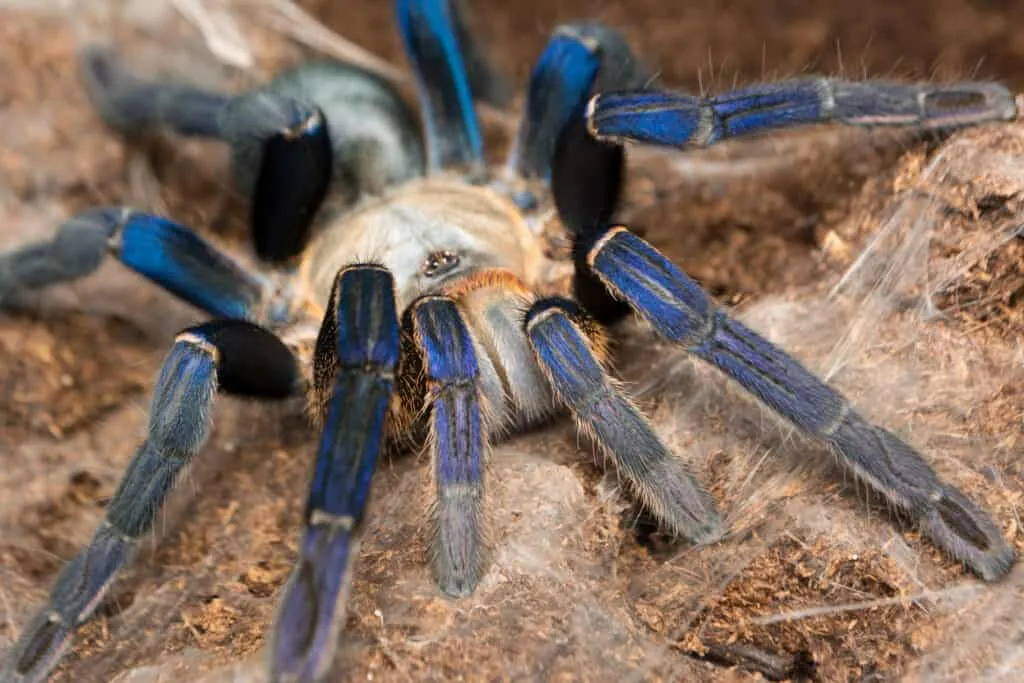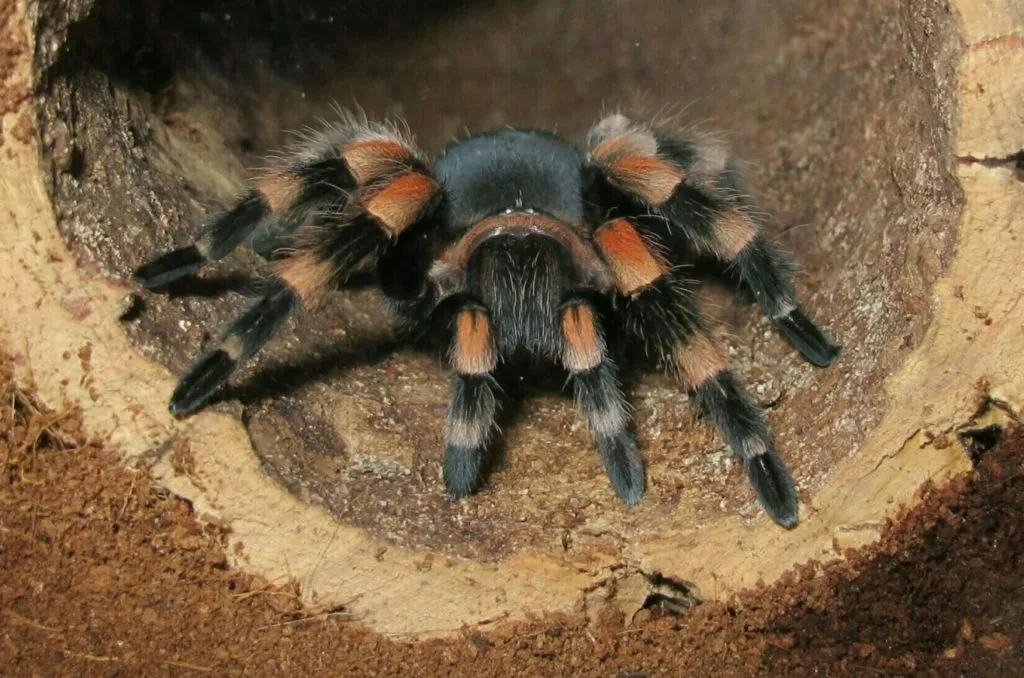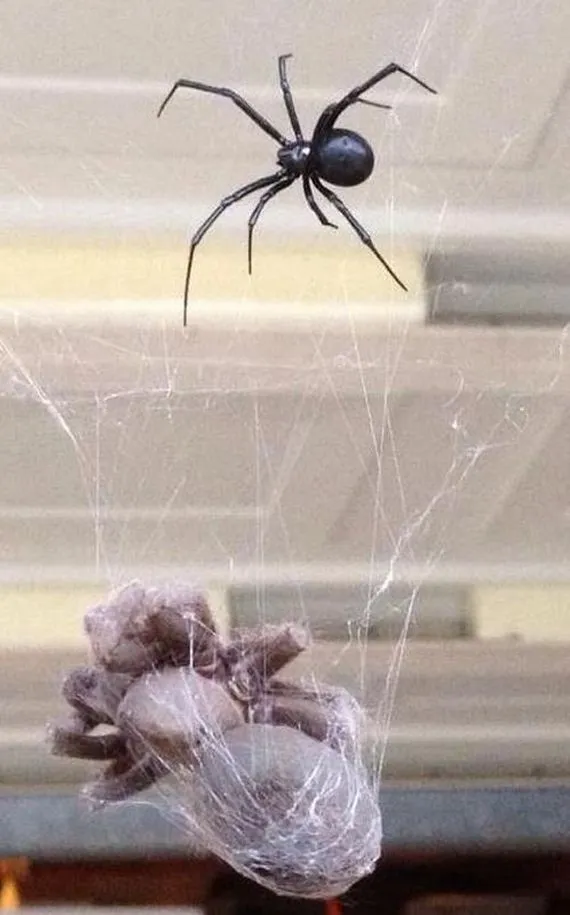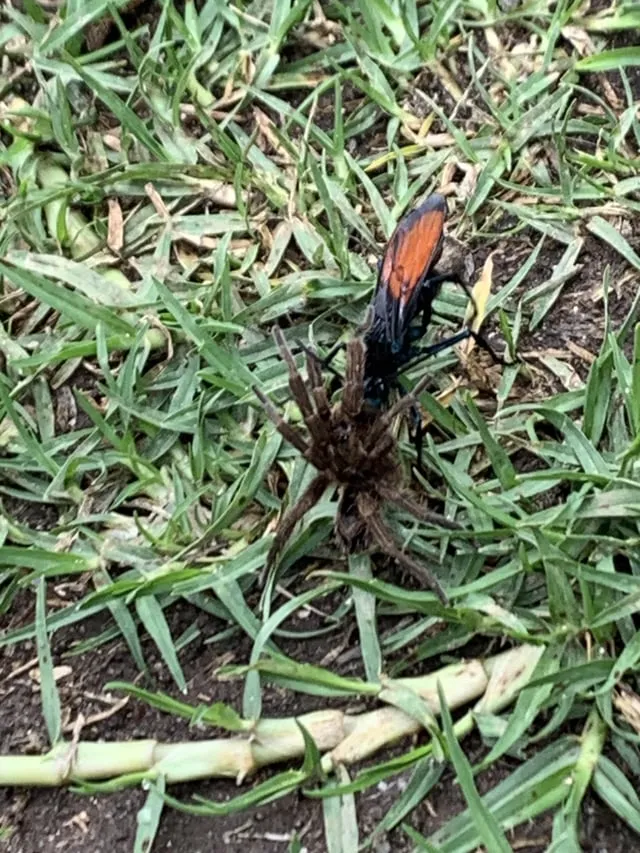The arachnid world presents a fascinating array of creatures, and two of the most well-known are the Vedova Nera (Black Widow spider) and the Tarantula. While both belong to the spider family and share a number of characteristics, they possess significant differences in their size, venom, habitat, diet, and behavior. This article delves into the top five key differences between these arachnids, offering a comprehensive comparison to understand their unique qualities and roles in their respective ecosystems. From their physical attributes to their predatory strategies, we’ll explore what sets these two spiders apart.
Vedova Nera vs Tarantula Size Differences
One of the most immediately apparent differences between a Vedova Nera and a Tarantula is their size. Generally, Tarantulas are much larger than Black Widows. This size disparity affects their hunting strategies, their interactions with other creatures, and their overall ecological roles. The physical dimensions of these spiders play a crucial role in their ability to survive and thrive in their respective environments, shaping their behavior and the types of threats they face. The larger size of the Tarantula allows it to hunt larger prey and makes it less vulnerable to certain predators. In contrast, the Vedova Nera relies on its potent venom and stealth to compensate for its smaller size.
Vedova Nera vs Tarantula Body Size Comparison
The body size difference is quite striking. Adult female Vedova Neras typically have a body length of about 1/2 inch (1.3 cm), although this can vary slightly depending on the species and the individual’s condition. Male Vedova Neras are even smaller, usually only about half the size of the females. In stark contrast, Tarantulas can have a body length ranging from 1 inch to over 3 inches (2.5 cm to 7.6 cm), depending on the species. Some of the largest tarantula species can have a body length exceeding 4 inches. This significant difference in body size is one of the first things you’d notice when observing these two spiders side by side.
Vedova Nera vs Tarantula Leg Span Differences

Leg span is another crucial aspect of size. Vedova Neras have a relatively modest leg span, usually around 1 to 2 inches (2.5 cm to 5 cm). This shorter leg span reflects their lifestyle, which involves building webs in sheltered locations. Tarantulas, on the other hand, have a much larger leg span. Their legs can extend from 3 inches to over 10 inches (7.6 cm to 25 cm) or more, again depending on the species. This wide leg span aids in their ability to hunt, move quickly, and climb. The size of their legs also contributes to their imposing appearance and their overall predatory capabilities. The leg span is a key factor in how each spider navigates its environment and captures its prey.
Vedova Nera vs Tarantula Venom Potency
The potency of their venom is a major differentiator. Vedova Neras are notorious for their potent venom, which contains neurotoxins that affect the nervous system. Although the amount of venom injected is small, the effects can be quite severe, especially for humans. Tarantulas, in contrast, have venom that is generally considered less potent. Their venom is often described as having effects similar to a bee sting, causing localized pain and swelling but rarely leading to serious systemic effects. The difference in venom potency reflects the differing hunting strategies and the type of prey each spider typically targets. The Vedova Nera’s venom is designed to quickly immobilize and subdue its prey, while the Tarantula’s venom serves more as a defense mechanism and aids in digestion.
Vedova Nera vs Tarantula Venom Composition
The composition of the venom is key to its effects. Vedova Nera venom contains a complex mix of neurotoxins called alpha-latrotoxins. These toxins disrupt nerve function, causing intense pain, muscle cramping, and other systemic symptoms. The venom works by causing the release of neurotransmitters, leading to overstimulation of the nervous system. Tarantula venom, on the other hand, has a different composition. It includes a variety of enzymes and toxins that primarily affect the tissues of the prey. The effects are usually less severe in humans. Their venom is designed to subdue prey, and in some species to initiate the digestive process, and may also contain defensive components.
Vedova Nera vs Tarantula Impact on Humans

The impact on humans varies dramatically. A Vedova Nera bite can be extremely painful and cause a range of symptoms including muscle cramps, nausea, and difficulty breathing. While fatalities are rare, the venom can pose a significant health risk, particularly to young children, the elderly, and those with underlying health conditions. The Tarantula bite is typically much less dangerous. While it can be painful and cause localized swelling, redness, and itching, severe reactions are uncommon. The bite is often compared to a bee sting, and the effects usually subside within a few hours or days. The primary concern with Tarantula bites is the mechanical damage caused by the fangs, rather than the venom itself.
Vedova Nera vs Tarantula Habitat and Distribution
Their preferred habitats and geographical distribution differ significantly. Vedova Neras are found in a wide range of habitats, including urban environments, rural areas, and natural settings. Tarantulas, on the other hand, have more specific habitat requirements, often preferring warmer climates and more secluded environments. These differences in habitat preferences affect their interactions with other species and the types of prey available to them. Understanding their habitat preferences is crucial for conservation efforts and for avoiding encounters in the wild.
Vedova Nera vs Tarantula Geographical Locations
Vedova Neras have a global presence, being found on every continent except Antarctica. They are particularly common in North America, South America, Australia, and parts of Europe. Different species have adapted to various climates, from arid deserts to humid forests. Tarantulas, while also widespread, are more concentrated in specific regions. They are commonly found in the Americas, particularly in the southwestern United States, Mexico, and South America. They are also found in parts of Asia, Africa, and Australia. The distribution of tarantulas is often influenced by temperature, humidity, and the availability of suitable prey and burrows.
Vedova Nera vs Tarantula Preferred Habitats

Vedova Neras tend to favor sheltered locations, such as under rocks, in woodpiles, under decks, and in garages. They construct irregular webs where they wait for prey to become entangled. Their ability to thrive in close proximity to human habitation makes them a common sight. Tarantulas typically live in burrows in the ground, under rocks, or in other secluded spots. Some species build elaborate webs, while others are more nomadic, preferring to roam in search of food. They prefer warmer, drier climates and often require specific soil conditions to create their burrows. The habitat differences reflect their contrasting hunting strategies and defense mechanisms.
Vedova Nera vs Tarantula Diet and Feeding Habits
The diets of Vedova Neras and Tarantulas reflect their size, venom, and hunting strategies. Both spiders are predators and primarily feed on insects and other invertebrates. However, the types of prey they target and their methods for capturing it vary considerably. The efficiency with which they catch and consume their food is a crucial aspect of their survival, influencing their behavior and the environments they inhabit. Their dietary preferences and hunting techniques highlight the ecological niches they fill within their respective habitats.
Vedova Nera vs Tarantula Prey of Vedova Nera
Vedova Neras primarily feed on insects, including flies, mosquitoes, beetles, and other small creatures that become trapped in their webs. They will also consume other spiders, including members of their own species, known as cannibalism, especially in the females. The Vedova Nera’s web is an effective trap, and once prey is ensnared, the spider quickly injects its venom to immobilize and kill the victim. After the prey is subdued, the spider will wrap it in silk and then consume it, digesting the insides and leaving the exoskeleton. The Vedova Nera’s hunting style relies heavily on its venom and its ability to create a highly effective web.
Vedova Nera vs Tarantula Prey of Tarantula

Tarantulas have a more diverse diet. They typically feed on insects, but also include larger prey such as small lizards, rodents, birds, and other spiders. Their size and strength allow them to tackle larger prey than Vedova Neras. They hunt either by ambushing their prey or by actively stalking them. Once they have caught their prey, they inject venom and digestive enzymes to break down the tissues, making it easier to consume. The diet of a Tarantula can vary depending on the species and the availability of food in their habitat. The Tarantula’s hunting skills and the size of its prey highlight its robust predatory capabilities.
Vedova Nera vs Tarantula Behavior and Temperament
The behavior and temperament of Vedova Neras and Tarantulas are quite different. Vedova Neras are known for their secretive nature and their tendency to avoid confrontation unless provoked. Tarantulas, although often perceived as aggressive, generally exhibit a more docile temperament. These behavioral differences are linked to their survival strategies, habitat preferences, and interactions with other animals. The way they interact with their environment and other creatures underscores their distinct lifestyles and evolutionary adaptations.
Vedova Nera vs Tarantula Aggressiveness Levels
Vedova Neras are not inherently aggressive, but they will defend themselves if they feel threatened. This can lead to a bite if the spider is disturbed or accidentally touched. They prefer to hide and avoid interactions. Their defensive behavior is a direct consequence of their venom and their smaller size. Tarantulas are generally less aggressive. They tend to avoid conflict and usually prefer to escape or exhibit defensive behaviors such as raising their front legs or flicking urticating hairs (in some species) if they feel threatened. This calmer temperament reflects their larger size and their ability to deter potential predators through other means.
Vedova Nera vs Tarantula Defensive Mechanisms

Vedova Neras primarily rely on their venom as a defense mechanism. Their bite is a potent deterrent, and they use it to subdue prey and ward off threats. They also have a tendency to hide in their webs or other sheltered locations, avoiding direct confrontation. Tarantulas employ a range of defensive strategies. They can flick urticating hairs from their abdomen to irritate attackers. They may also bite, but as mentioned earlier, the venom is less potent. Additionally, they can use their large size and formidable appearance to deter predators. Some species may also make a hissing sound by rubbing their legs together as a warning. Their defensive methods show the Tarantula’s adaptability.
In conclusion, while both Vedova Neras and Tarantulas are spiders, they exhibit significant differences in their size, venom, habitat, diet, and behavior. The Vedova Nera, with its potent venom and smaller size, has adapted to a secretive lifestyle. The Tarantula, with its larger size, less potent venom, and varied diet, has carved a unique niche in its ecosystem. Understanding these differences helps us appreciate the diversity of the arachnid world and the unique strategies each species has developed to survive and thrive. These spiders are fascinating creatures each with their own unique features.
